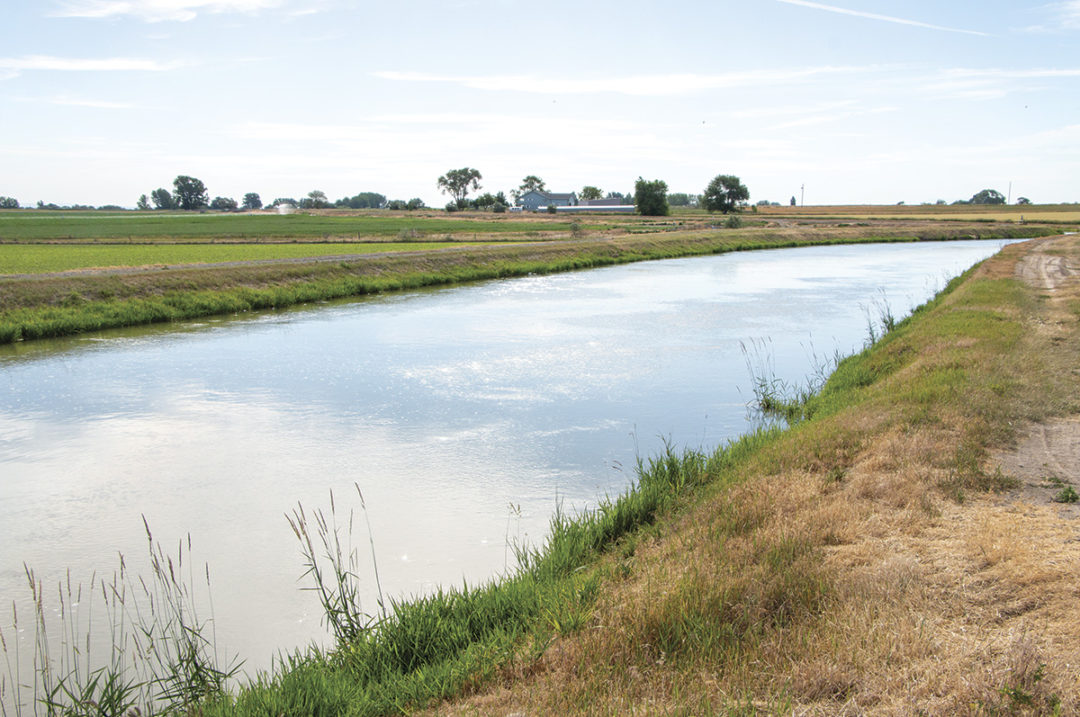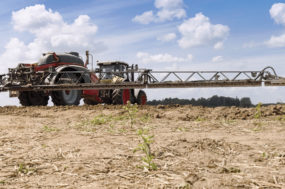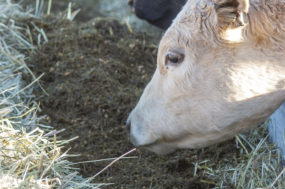More than two years after my last article about per- and polyfluoroalkyl substances (PFAS) in agriculture, the story is still developing, and Maine is the forefront of the discussion. As a refresher, it was a rash of farms in Maine that really kicked off the agricultural PFAS discussion back then, so it isn’t terribly surprising that the Maine legislature is taking the lead on PFAS regulation.
PFAS are a family of chemicals known as “forever chemicals” because they don’t break down in the environment. They’ve been in use since the 1940s and are designed to repel or displace water. There are more than 400 different iterations of PFAS chemicals in use, and their unique chemical properties make them ideal ingredients. Their usage spans a range of products from household uses like stain repellents, fabric softeners and cosmetics to industrial uses like firefighting foam and the lining of hamburger wrappers at your favorite burger joint. While industrial uses of the chemical are the main pathways for PFAS to get into the environment and our bodies, household uses have cropped up as a problem in agriculture.
As an example, when we use fabric softener in our homes, the wastewater goes into the sewer or septic system. That wastewater contains the PFAS from the fabric softener, which tend to stick with the solids. These solids, whether collected at a municipal sewerage district or pumped from a septic tank and transported to a liquid waste-handling facility, are often offered to farmers at little or no cost to be spread as a fertilizer. While the farmers think they’re doing good by recycling nutrients into the soil, they are unwittingly applying PFAS to the soil. Plants assimilate the chemicals, then pass them along to the animal or person who eats the plant; thus PFAS end up in our bodies through meat, milk or other agricultural products.
The extent of PFAS contamination in our environment has yet to be fully determined, but preliminary data show that it’s a lot. An October 2023 article in Science of the Total Environment found PFAS in every fish sampled from Lake Michigan, with 98% of those fish containing the highly toxic form known as perfluorooctane sulfonic acid (PFOS). Its use was discontinued in 2002. Though environmental contamination appears to be widespread, it’s important to note that agriculture is a relatively small contributor. That said, finding contamination on-farm can mean total devastation for that farm, so knowing how to avoid contamination is critical.
Regulations to date
At the federal level, the priority of researching PFAS has ramped up extensively. On April 10, 2024, the EPA announced its first-ever water quality standard for PFAS, along with the allocation of an additional $1 billion to help municipalities enact the standard. This quote from the White House press release explains the scope and goals of EPA’s standard:
“As the first-ever Safe Drinking Water Act standard for PFAS – and the first for any new contaminants since 1996 – this rule sets health safeguards and will require public water systems to monitor and reduce the levels of PFAS in our nation’s drinking water, and notify the public of any exceedances of those levels. The rule sets drinking water limits for five individual PFAS, including the most frequently found PFOA and PFOS. Because PFAS can often be found together in mixtures, EPA is also setting a limit for any combination of four PFAS, including GenX Chemicals. This standard will reduce PFAS exposure in our drinking water to the lowest levels that are feasible for effective nationwide implementation.”
This new standard focuses on municipal water supplies, but agriculture has not been forgotten. Even now there are many unanswered questions about how the chemicals move through the soil profile, how and under what circumstances they bioaccumulate, and their impacts on plant and animal health. In late 2023, the EPA announced that it would make available an additional $8 million in grant funding to study just that.
Looking back to the state of Maine, one of the farms devastated by PFAS, Songbird Farm, has been purchased by Maine Farmland Trust and will become a research site where scientists can implement and evaluate methods of soil PFAS removal. The University of Maine has implemented similar studies on other PFAS-contaminated fields, painting a thin silver lining on an otherwise glum situation. The research is going to be expensive and slow, and waiting for it will only prolong the problem. So how the agricultural community moves forward from this is a hot debate that may not cool down for some time.
What’s next
There are two issues at hand when we talk about PFAS contamination: First is how to handle the contamination we already have, and second is how to stop further contamination. While answering the first question will take time and research, the machinery of politics and litigation has already made significant moves toward answering the second question. In a March 2023 settlement, chemical manufacturing giant 3M agreed to pay $10.3 billion over 10 years to fund public water systems as they test and treat water for PFAS contamination. Further solidifying its commitment to not being sued again, 3M also announced that they will cease manufacture of all PFAS chemicals by the end of 2025. Even though these steps have been taken by the industry, regulations are coming.
As the EPA is just now considering the addition of nine PFAS formulations to the list of hazardous constituents under the Resource Conservation and Recovery Act (RCRA), the age-old question is boiling to the surface: Who is to blame? The 3M settlement is an example of mounting evidence that PFAS manufacturers have been aware of the health concerns surrounding their products and have kept quiet. Are they to blame? All the while, municipalities and private wastewater treatment companies have been pushing “free” fertilizers to farmers. Are they to blame? The farmers are the ones who apply the products to the soil, benefiting from the nutrients in the material and creating the link to our food supply. Are they to blame?
There is a current battle being waged in Wisconsin over how to move forward with regulation. The legislature has passed a bill that appropriates funds for PFAS studies and cleanup, yet ties the hands of the Department of Natural Resources (WIDNR) with regard to enforcement and citations. That legislation was vetoed by Wisconsin’s governor. The question at hand is: Who will WIDNR enforce against? When boiled down, the question of blame ultimately decides who is going to foot the bill. Parsing among the various groups that handled the chemicals – more specifically, the intent of those groups – is going to be difficult at best. The American Farm Bureau has sounded the alert for farmers to ensure that they are separated from the herd when it comes time to apportion blame. A form letter to your legislators can be found on their website.
The state of Maine is pushing the first PFAS ban in the nation, and it’s garnering a lot of attention. Under current Maine laws, in 2025 companies will need to begin notifying the state if their products contain PFAS. This will be followed by a complete ban on the sale of PFAS-containing products in 2030. According to a recent study, there are more than 1,400 pesticides that use 55 different PFAS-related chemicals to improve efficacy and shelf life. Opponents to the rule are pushing to have certain PFAS-containing pesticides exempted from the ban, stating that there simply isn’t enough time to find suitable replacements and the producers of Maine will be put at a disadvantage by not being able to use products that are allowed in competing states. The nation will certainly be looking to Maine as this battle unfolds.
The quandary of PFAS is complicated, and just about every person is complicit in getting us to this point. The truth of the matter is that PFAS-containing products work well, and over the past several decades society has embraced them. As I mentioned earlier, the primary source of PFAS on the farm is a result of the spreading of biosolids or other waste from municipal and industrial waste streams. We can all agree that these harmful products need to be eliminated from the landscape, so it’s important for farms to show their commitment to the effort by discontinuing the use of these “free” sources of fertilizer. It’s a solid plan that improves the environment and safeguards the farm.












